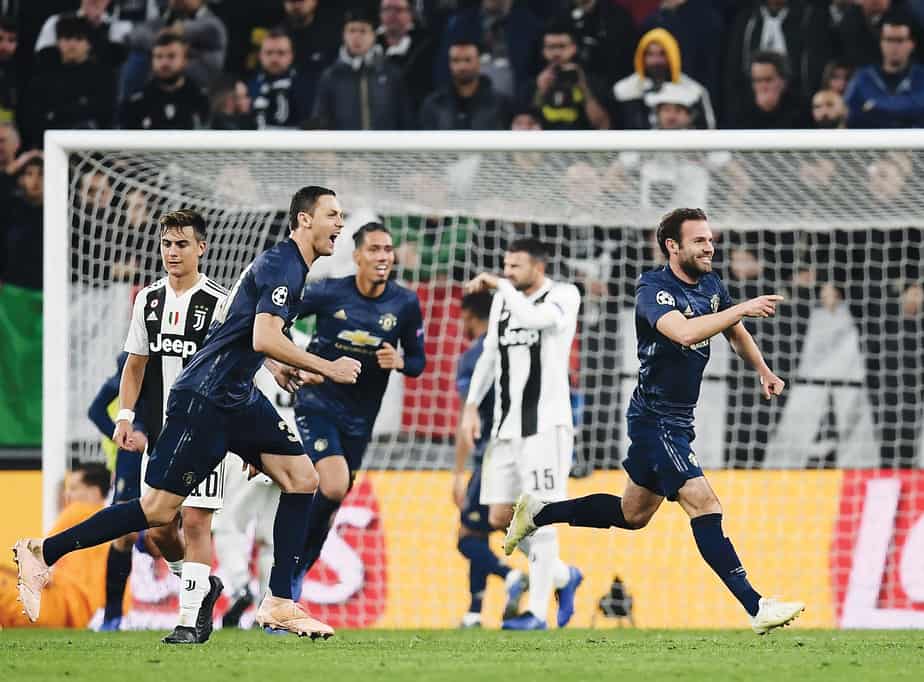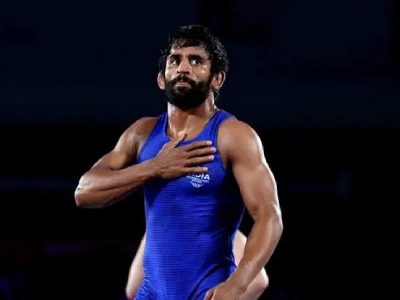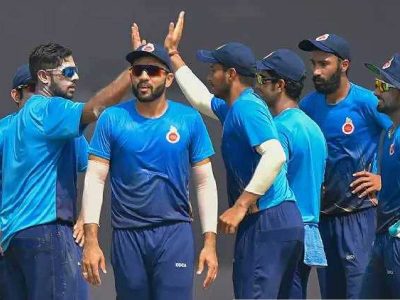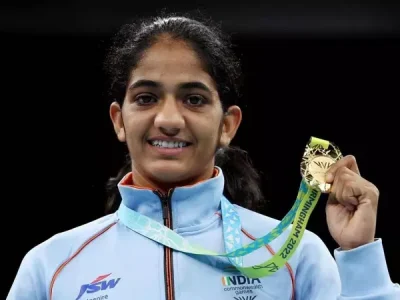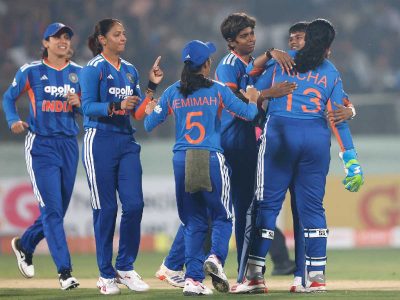With football viewership growing by the day in India, Patriot analyses whether football can trump cricket as the top sport in the country
That India is a cricket-crazy nation goes without saying. It is clear from the amount of hype and enthusiasm that is generated for every match involving the men in blue. “The craze for cricket in the country is unmatched,” says former Bengal pacer and coach, Dattatreya Mukherjee. But steadily, another sport is catching India’s imagination, “as India is slowly being gripped by the football fever,” according to veteran football analyst, Novy Kapadia.
According to data by the Broadcast Audience Research Council (BARC), the FIFA World Cup 2018 was watched by 234 million viewers, the average views per match even overshadowing the ratings of some of the Indian Premier League matches. The final between France and Croatia garnered a whopping 15.8 million views. However, the recently concluded Test Series between India and West Indies, also garnered around 13 million views, which is very less given the amount of people who watch a cricket match in general. The much hyped tour of India in England also saw a decline of over 50% in viewership after the first test.
The English Premier league saw a massive rise in viewership over the last three years, with nearly six times the amount of viewers right now, than in 2010. The viewership of the La Liga, according to official broadcasters SET India, has seen a rise of 400% in the last five years. On the other hand, the cash-rich Indian Premier League (IPL), saw a poor increase of only 11.8% compared to 2017. The increase per year, in the previous 11 editions happened at around 40-45%.
“This is because the new-age millennial wants to follow football because the game is naturally more exciting than a Test match which stretches over five days. Even a T20 game lasts for more than three hours, while a football match in the EPL or La Liga lasts for 90 minutes. So, the action is fast paced and very exciting,” says Sombuddha Chaudhury, a Manchester United fan residing in Delhi.
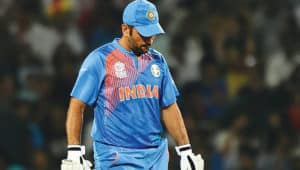
The influx of social media and over-the-top (OTT) platforms like Hotstar and SonyLIV have also contributed to the increase in the number of viewers and followers of the game. Hotstar, since its launch in 2015, has garnered over 100 million downloads, with sources at the Star Sports studio claiming that this is majorly because more people are watching football on the go. While people obviously tune in to watch a game of cricket involving the men in blue, the traffic for the app and the website, is at its peak during the weekend, especially for matches of the English Premier League.
After Sony took over the broadcast of the La Liga and the Champions League, which is the most watched football tournament in the world, the SonyLIV app and website have taken a major boost. The website now ranks among the top 50 web platforms in the country, the list comprising of several hotshot websites like Amazon and Google. In a press statement, the officials at the company said that it was majorly possible because of the contribution of the Champions League, which comprises of all the major European big shot clubs and also the La Liga, which consists of Real Madrid and Barcelona — the two most followed teams in the country.
If the Facebook pages of the top six football clubs in the world — Barcelona, Real Madrid, Manchester United, Liverpool, Chelsea and Arsenal — are to be believed, then it can be said that most of the fans of the club are from India itself, even greater than United Kingdom and Spain where these clubs are located. “Even the European clubs are realising this now an are targeting India as a major marketing giant, as they hold screenings and various events in different cities in the country,” says Novy Kapadia. All major European clubs also have their academy set up at various major metropolitan cities, to promote and groom young talent. “The clubs even post videos involving their major players wishing Indian fans on festivals like Holi and Diwali. They never do so for any other country, I believe,” adds Kapadia.
“I used to watch cricket profusely when players like Sachin, Ganguly, Dravid from India and players like Kallis, Lee, Ponting and Gilchrist used to play. Now the players from that golden generation have retired, so I have lost interest in the game,” says Manchester United fan, Ranit Das, who adds that he has a passion for the club, which he somehow doesn’t feel for the Indian team.
The statistics have also shown that while the viewership of football has been on the rise, it is only restricted to European Leagues. The Indian Super league, saw a major drop in TV ratings in 2018 and is currently standing at an all-time low in spite of heavy promotions and advertisements. Even India’s first division I-League hardly finds any viewers, with broadcasters refusing to screen matches, except games of Mohun Bagan and East Bengal — the two most followed clubs in the country.
Cricket, however, still remains the top sport in the country, as the T20 matches of the ongoing India-West Indies are currently the most watched sports programmes of the week, according to BARC data. The India-Pakistan match at the recently concluded Asia Cup saw a total of 64 million views, which is almost four times the number of the FIFA World Cup finals.
“Cricket will always be the most followed sport in India, as the country is so dominant in it. But it is heartening to see that football has climbed up, and is now perhaps the second most watched sport in the country,” concludes Kapadia.

